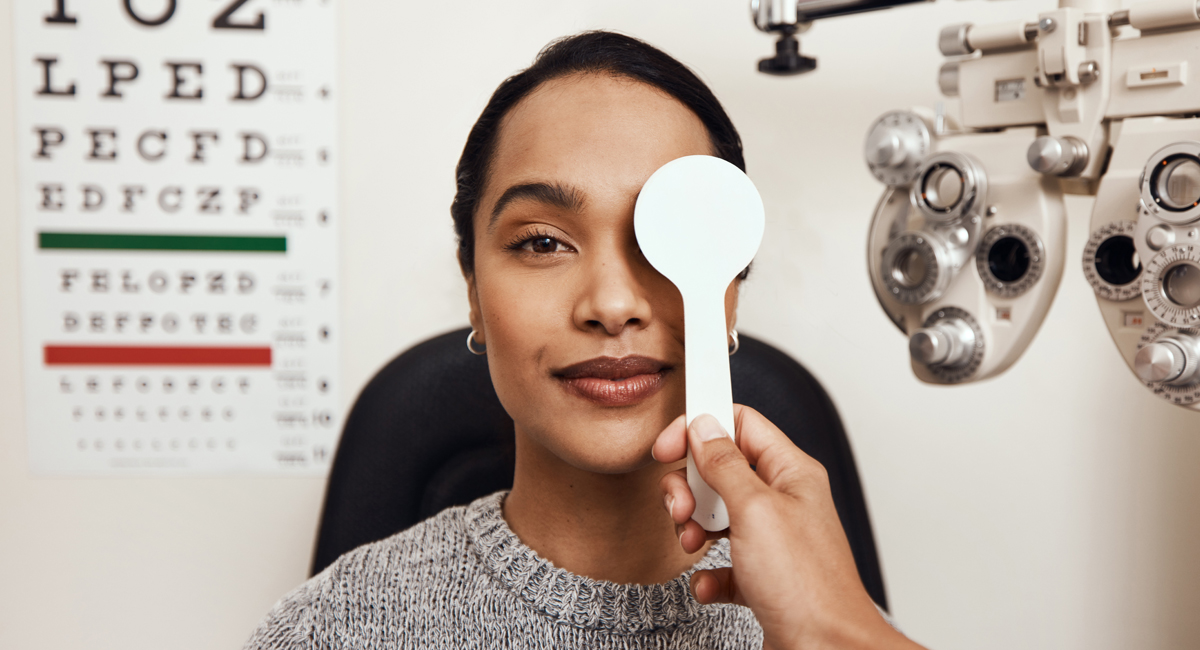

COURTESY PHOTO
The eye specialists at The Eye Institute of West Florida provide comprehensive, world-class care for common and complex vision disorders. For patients seeking to become glasses-free, the institute offers multiple surgical approaches. This article features three patients with very different circumstances who each achieved clear vision without glasses or standard contacts.
Several years ago, Prem Persaud started playing beach volleyball and immediately fell in love with the sport. He was so enthralled that he devoted his career to making it possible for others to play the game competitively.
“I work for SSOVA, the Sunshine State Outdoor Volleyball Association,” Prem expounds. “I run beach volleyball tournaments on several beaches in Florida, including Clearwater Beach and St. Pete Beach and the beaches on Treasure Island, Anna Maria Island and Siesta Key.
“We’re associated with the AVP (Association of Volleyball Professionals), so we’re official beach volleyball like they have in the Olympics. Every participant is given points and ranked.
“Our events have between 100 and 300 teams of two. Some of our events draw 1,000 people between participants and spectators.”
Prem, 40, started wearing glasses to correct nearsightedness when he was 8 or 9 years old. Once he reached high school, he began wearing contact lenses. But being on the beach, especially in windy conditions, affected Prem’s eye comfort.
“The contacts affected my ability to play beach volleyball and other outdoor sports because sand often got in my eyes and irritated them,” Prem recounts. “I had to keep reminding myself, If I rub my eye, my contact lens could come out. The contact lenses were very inconvenient.”
Prem wanted to fix the problem permanently by undergoing LASIK, or laser-assisted in situ keratomileusis.
LASIK is a common laser surgery that reshapes the cornea, the clear front of the eye, to correct refractive focusing errors such as nearsightedness.
He visited The Eye Institute of West Florida for an evaluation but received some bad news: LASIK was not an option for him.


JORDAN PYSZ / iFoundMyDoctor.com
With implantable contact lenses, Prem can play beach volleyball and run his tournaments without eye discomfort from wearing standard contact lenses.
Implantable Contact Lens
“Our evaluation revealed that Prem wasn’t a candidate because his prescription was on the very high end of the extremes,” explains Neel R. Desai, MD, a board-certified, fellowship-trained ophthalmologist at The Eye Institute of West Florida. “Typically, we can treat anywhere between a plus-3 and minus-10 prescription with LASIK.”
The numeral indicates the diopters, a measure of focusing strength, needed to correct the refractive error. A plus indicates that the patient is farsighted (hyperopia). A minus identifies nearsightedness (myopia).
Prem had a prescription close to minus-13 with a lot of astigmatism, an irregularly shaped cornea that causes blurred vision.
“That was out of the bounds of our ability to correct his vision with LASIK,” Dr. Desai says. “He also had a thin cornea, which poses a risk with LASIK. The cornea must be thick enough to allow us to reshape it and still leave adequate thickness for long-term corneal stability and safety.”
With LASIK off the table, Dr. Desai suggested another procedure to correct Prem’s nearsightedness and eliminate his need for glasses and contacts: an implantable contact lens, which is sometimes referred to as an implantable collamer lens or ICL.
“An ICL goes inside the eye like a contact but is surgically implanted in front of the natural lens, where it can stay safely for years,” Dr. Desai describes. “The ICL sits right behind the colored part of the eye, or iris, and corrects the inadequate focusing power of the natural lens.
“For Prem, we used an advanced-generation lens called the EVO ICL™. Its updated design solves some of the complications associated with earlier versions of ICLs, such as high pressure in the eyes and the formation of cataracts, a clouding of the natural lens.
“Furthermore, the EVO now corrects for astigmatism, which wasn’t possible with prior generations. The EVO is a great option for a young person like Prem, who has not yet developed presbyopia.
“His natural lens is still able to accommodate for reading, and the ICL gives him clear distance vision as well without glasses or contacts.”
Presbyopia is the gradual loss of the eye’s ability to focus on nearby objects. It develops with age as the lens begins to lose its flexibility and autofocusing capability.
Prem is now thrilled with his vision.
“My eyes had to heal from the incisions and adjust to the lenses, but now they’re great,” he enthuses. “Today, I have 20/20 vision and a freer lifestyle because I don’t need glasses or contacts, which makes my job easier.”
Exchanging Lenses
When Kimberly Dunbar was in the sixth grade, she underwent an appendectomy. It was her first taste of a hospital, and it influenced her decision to eventually enter the medical field.
“Back then, they had volunteers in the hospital called candy stripers,” Kimberly shares. “I told my mom I wanted to be a candy striper and then become a nurse. But right out of high school, I fell into the insurance world and wound up working as an insurance agent for 17 years.
“When my daughters were small, I went to night school to get my preeducation before applying to nursing school. Once I started nursing school, I worked part time and attended school full time.”
Kimberly, 58, has worked as a registered nurse at a local hospital for 27 years.
In her free time, she enjoys outdoor activities.
“I just got back from Peru,” she says. “I hiked Machu Picchu with my youngest daughter. We were there for six days, and it was the adventure of a lifetime. And recently, I went with both of my daughters to Colorado to snow ski.”
Unlike Prem, Kimberly never wore prescription glasses or contacts. But when she was in her mid-40s, she began to have trouble reading due to presbyopia and started using reading glasses for close-up tasks.
“Every year I needed stronger reading glasses,” Kimberly laments. “At work, I do a lot of writing on patient charts. I also have to start IVs, and I needed the readers to do those things. But if I put the glasses in my pocket, they would fall out and break whenever I bent over. If I put them on the top of my head, they would fall off.
“I finally got to the point where I needed a solution. It was time to get rid of the reading glasses, so I started researching doctors who perform refractive lens exchange surgery and that’s how I found Dr. Desai at The Eye Institute of West Florida.”
A refractive lens exchange, also known as a clear lens exchange, involves removing the lenses and replacing them with synthetic implants to minimize the need for glasses and contacts.
Like ICL implants, the lens exchange is typically scheduled for one eye at a time, with a break between procedures.


JORDAN PYSZ / iFoundMyDoctor.com
When she’s not working as a nurse, Kimberly enjoys outdoor activities. She recently hiked Machu Picchu in Peru with her daughter.
Life-Changing Results
“When Kimberly came to us, she was at the age when people become presbyopic, so LASIK and ICLs were not the best options,” Dr. Desai notes. “To give her the best outcome, we replaced her natural lenses with ClearView™ lenses, which use advanced technology.”
The ClearView is a multifocal lens, which corrects for distance and near vision, and provides superior vision with fewer visual side effects compared to other multifocal options.
Dr. Desai was one of the first physicians to implant the ClearView and was on its design team early in its development.
“This lens has a multifocal segment in it, so it’s similar to a no-line bifocal (progressive) lens,” the doctor describes. “It corrects distance, midrange and near vision to get the patient largely free of glasses and contacts.
“And by removing the natural lenses, we solve the problem of presbyopia. The procedure has the added benefit of eliminating the need for cataract surgery later in life because the natural lenses has been removed.”
Dr. Desai points out that everybody develops presbyopia. A refractive lens exchange is an excellent option for patients in their 40s and 50s who have the condition.
Like Prem, Kimberly was quite pleased with the outcome of her treatment.
“If I had two words to describe the results of my surgery, it would be life-changing,” Kimberly enthuses. “After surgery on my first eye, my vision was so much better that I didn’t need the glasses, even though my other eye wasn’t done yet. When both eyes were done, the clarity I had for reading was just remarkable. I would absolutely recommend this surgery to anybody.”
-Kimberly
Kimberly also has praise for her surgeon.
“Dr. Desai is absolutely wonderful,” she raves. “He’s very personable and has the best bedside manner. And he’s honest. He told me everybody’s results are different, so he couldn’t say exactly how my vision would be after surgery.
“I went in not expecting to achieve 20/20 vision, but that’s waht I have, and it’s a blessing. Dr. Desai is a wonderful doctor. I highly recommend him.”
Popular Procedure
In 2016, Joaquin Palomino Berra relocated from his native Cuba to Tampa seeking a better life. Not long after his arrival, he found a full-time job providing security for a private medical clinic.
“I unlock the door when the clinic opens and make sure everything runs smoothly during business hours,” Joaquin describes.
Like Prem, Joaquin wore prescription glasses for many years and desired to be free of corrective lenses. In the early 1990s in Cuba, he underwent a vision-correcting surgery called radial keratotomy, or RK.
Before LASIK became available in 1999, RK was popular for correcting refractive errors such as nearsightedness, farsightedness and astigmatism. During RK, the surgeon creates a series of partial-depth incisions in the cornea to induce a reshaping that corrects the vision.
But the results of the surgery were not as positive as Joaquin had hoped.
“I’d been wearing glasses since I was a child,” he remembers. “I had the RK surgery on my right eye first and then on my left eye. But the surgery turned out really bad, to the point that I couldn’t see anything.”
Joaquin struggled with his vision for nearly three decades, remaining dependent on glasses to see. Then last year, he developed cataracts and was told that he required cataract surgery.
“I looked for cataract surgeons on the internet and found The Eye Institute of West Florida,” Joaquin recalls. “Their office in Tampa is less than 10 minutes from my house, so I decided to visit the practice. They recommended I see Dr. Desai.”


JORDAN PYSZ / iFoundMyDoctor.com
After cataract surgery, Joaquin can read and watch TV without glasses for the first time in more than 50 years.
20/20 Vision
“When performing RK surgery, the partial-depth incisions are typically made in a radial fashion, like the spokes on a bicycle tire,” the doctor educates. “For someone with mild nearsightedness, the doctor can get by with maybe four incisions. But for Joaquin, who is very nearsighted, the doctor made 16 incisions, and he still didn’t have great vision after that.
“What surgeons performing RK didn’t realize at the time was that the incisional surgery created long-term instability in the cornea, so much so that the shape of the cornea can change on an hour-to-hour basis, and the patient’s vision can shift dramatically from morning to night. That makes performing cataract surgery on RK patients extremely challenging.”
Cataract surgery is among the most common of all medical procedures. More than 4 million a year are performed in the US. As with ICLs and the refractive lens exchange, cataract surgery is typically scheduled on one eye at a time.
Each procedure takes only a few minutes and starts with the breakup and removal of the clouded lens.
That lens is then replaced with a synthetic intraocular lens, or IOL, that is designed to correct the patient’s refractive problems.
There are many types of IOLs, which work in different ways, but because of the instability of Joaquin’s corneas, Dr. Desai was forced to get creative.
“We had to pull some tricks out of the bag to achieve a good visual outcome and free him from glasses,” Dr. Desai confirms. “We opted to use two very unique IOL technologies. In the first eye, which had more significant irregularities in the cornea, we used the Apthera™ IOL.
“The Apthera uses pinhole aperture technology. It essentially blocks out stray rays of light, which is scattered by the irregular cornea much like a funhouse mirror distorts light that hits it. The Apthera lens gives patients’ enormous depth of field with their vision.”
For Joaquin’s other eye, Dr. Desai used another leading-edge technology: the light-adjustable lens.
“The light-adjustable lens is unique in that it allows surgeons to place an IOL with as close to perfect focusing power as can be predicted before surgery,” Dr. Desai explains. “We can then adjust the power of the lens with precision after surgery by exposing it to ultraviolet light for 30 to 90 seconds. We fine-tune the lens power over three to five visits to the office.
“The light-adjustable lens allows us to dial in the exact lens power for a patient with an irregular cornea. The end result is that Joaquin is able to see 20/20 without glasses in his dominant eye, which has the light-adjustable lens. In the eye with the Apthera lens, he sees distance close to 20/20 and can take advantage of the lens’ extended depth of field to read without glasses. That would not have been possible with ordinary IOLs.”
Joaquin underwent outpatient cataract surgeries a few weeks apart in May 2023, and he’s extremely pleased with the results.
“I’m very happy,” he gushes. “Before surgery, I couldn’t drive at night, but now I can, and I don’t need glasses anymore. I can even read and watch TV without them. Dr. Desai told me to get low-power reading glasses to see very tiny things, but I don’t even need those.”
Joaquin is equally pleased with his cataract surgeon.
“Dr. Desai is excellent,” Joaquin raves. “He explained exactly what would happen with the surgery, and it came true. At first, I couldn’t believe it when Dr. Desai said I wouldn’t need glasses after surgery because I’ve been wearing them for more than 50 years, but it happened.
“I’ve seen other doctors in the past, and they did nothing for me. But Dr. Desai was able to help me. I tell everyone I know that wears glasses to go to Dr. Desai.”





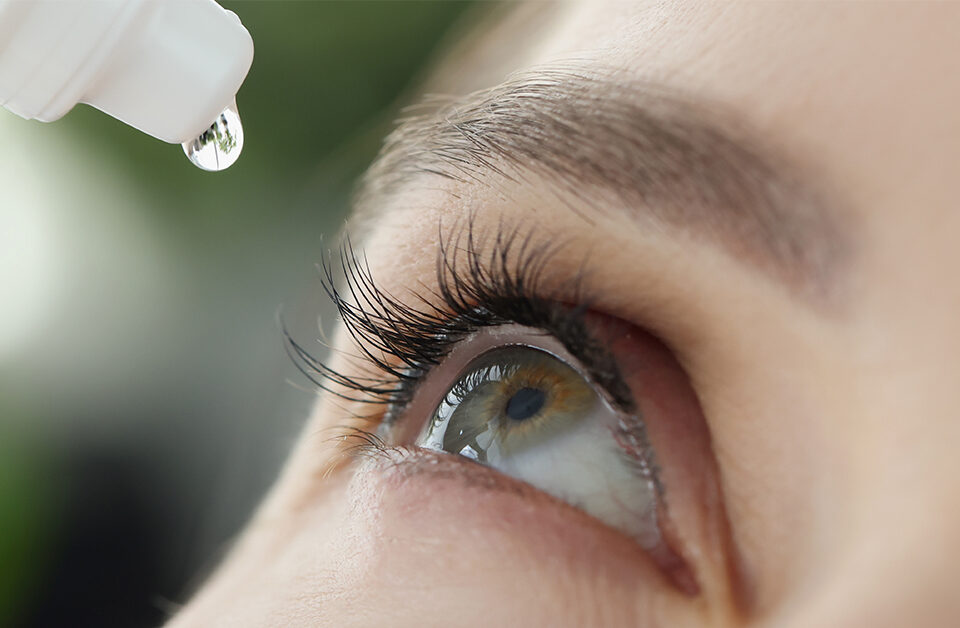
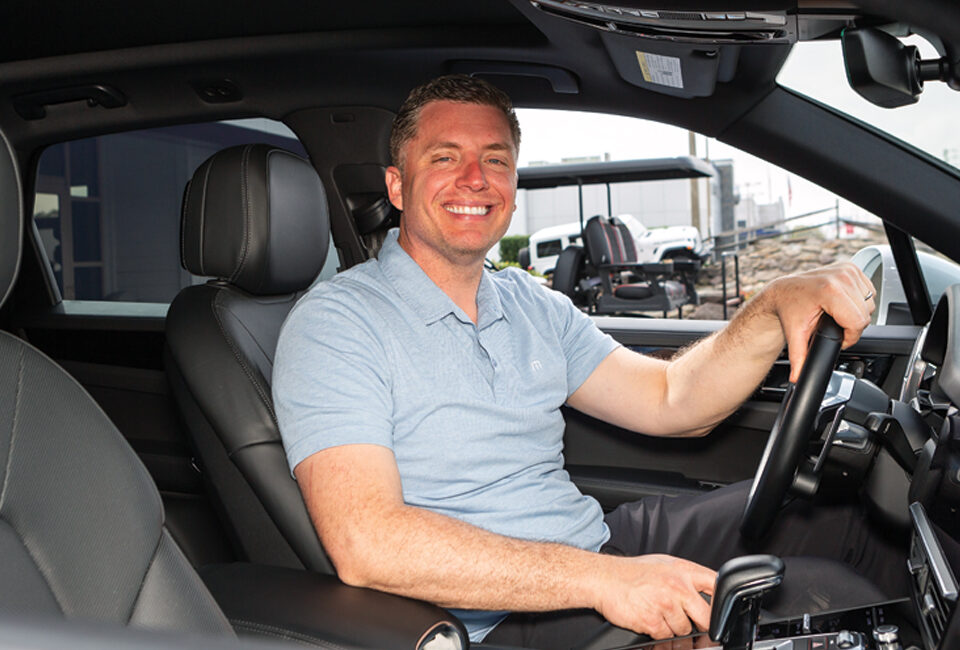

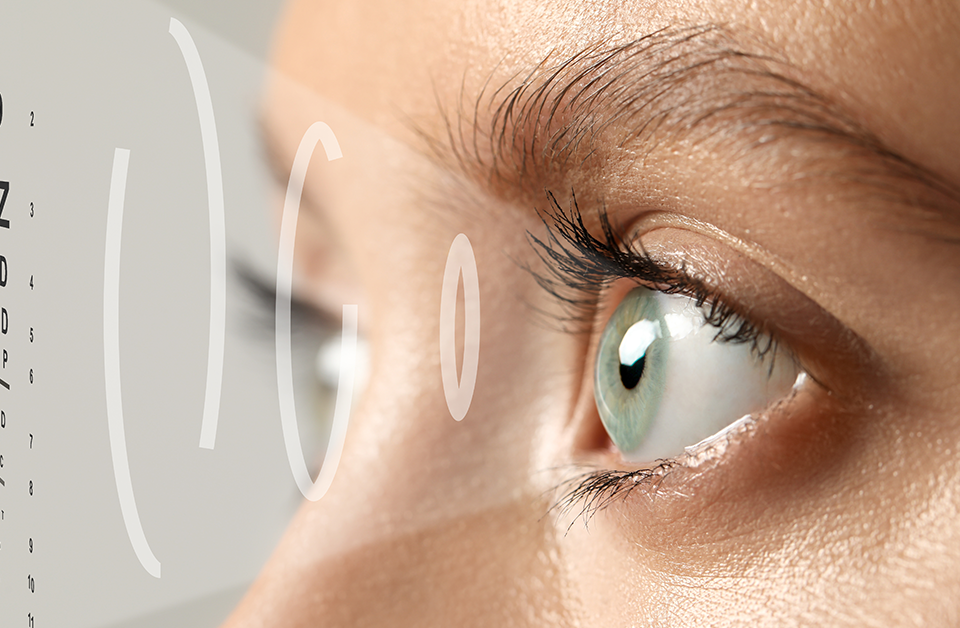
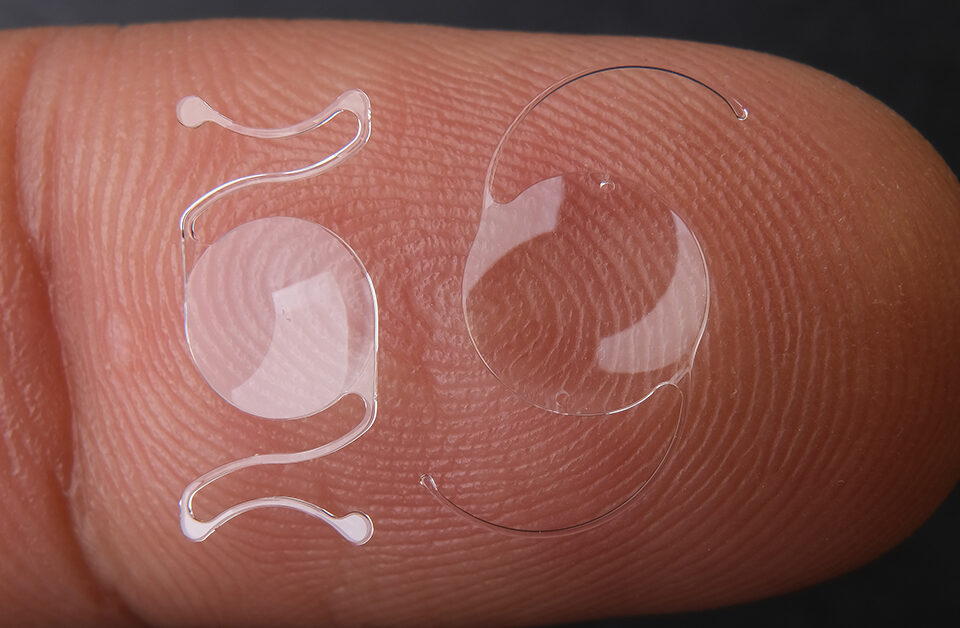
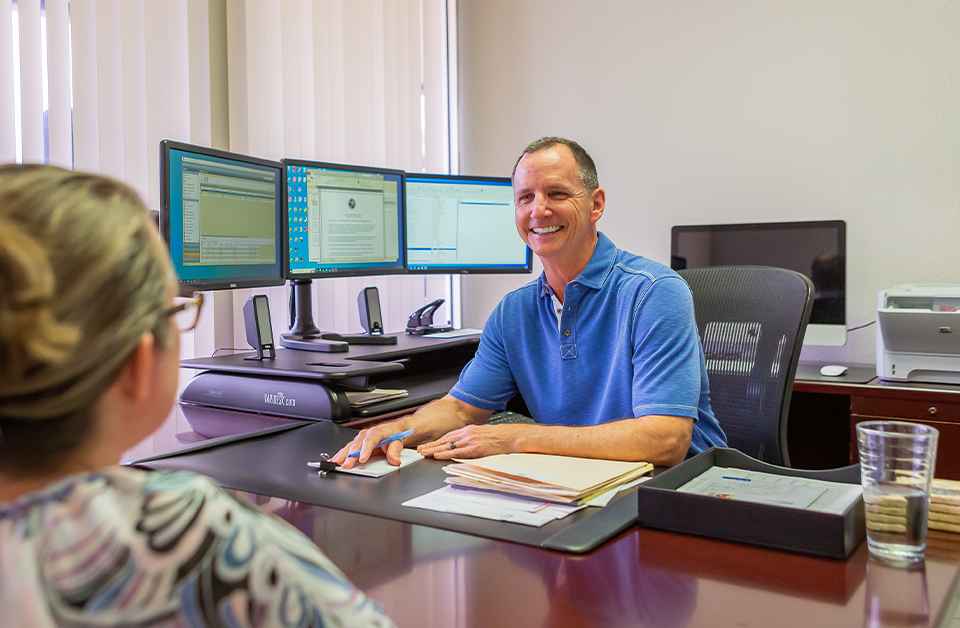
Leave a Reply